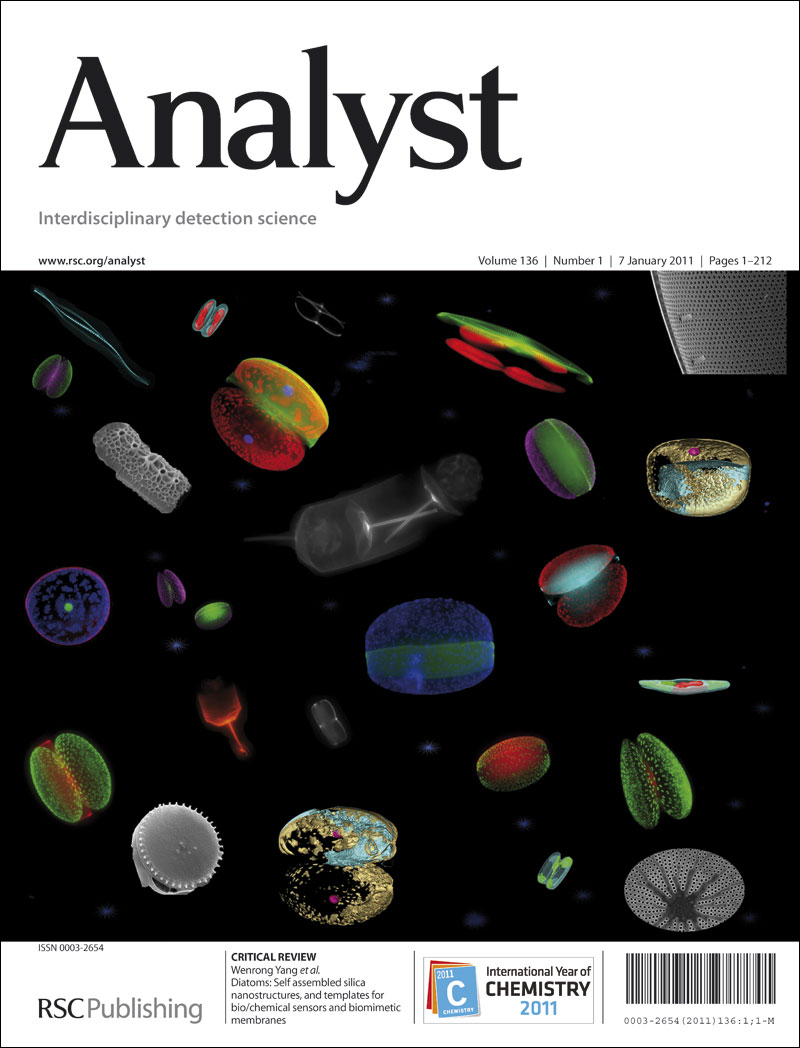突破双链限制:单链cfDNA测序技术开启精准医学新时代
IF 3.3
3区 化学
Q2 CHEMISTRY, ANALYTICAL
引用次数: 0
摘要
人体血液或体液中的无细胞DNA (cfDNA)自发现以来已成为研究和临床的热点。cfDNA的广泛应用依赖于其生物学特性的准确和全面的表征。目前,下一代测序(NGS)仍然是检测和分析cfDNA的主要方法,常见的文库制备策略是针对cfDNA双链片段。基于这一策略,研究人员在cfDNA中发现了一个166 bp的特征峰。然而,在这种文库制备方法下,cfDNA中的短DNA、单链DNA等不规则DNA结构和序列信息往往会丢失。单链cfDNA测序文库制备方法的出现有效地解决了这一局限,使cfDNA的结构和序列特征得以系统表征,从而为临床应用提供更准确的非侵入性诊断材料。本文系统综述了血浆cfDNA单链文库制备技术及临床应用,为其更广泛的应用奠定基础。本文章由计算机程序翻译,如有差异,请以英文原文为准。
Breaking the double-stranded limitation: single-stranded cfDNA sequencing technology opens a new era of precision medicine
Cell-free DNA (cfDNA) in human blood or bodily fluids has become a research and clinical focus since its discovery. The broad application of cfDNA relies on accurate and comprehensive characterization of its biological features. Currently, next generation- sequencing (NGS) remains the primary method for detecting and analyzing cfDNA, with the common library preparation strategy targeting double-stranded cfDNA fragment. Based on this strategy, researchers have identified a characteristic peak of 166 bp in cfDNA. However, short DNA, single-stranded DNA, and other irregular DNA structures and sequence information in cfDNA are often lost under such library preparation method. The emergence of single-stranded cfDNA sequencing library preparation methods effectively addresses this limitation, enabling systematic characterization of cfDNA’s structural and sequence features, thereby providing more accurate non-invasive diagnostic materials for clinical applications. This review systematically summarizes single-stranded cfDNA library preparation techniques and clinical applications of plasma cfDNA, laying the foundation for its broader utilization.
求助全文
通过发布文献求助,成功后即可免费获取论文全文。
去求助
来源期刊

Analyst
化学-分析化学
CiteScore
7.80
自引率
4.80%
发文量
636
审稿时长
1.9 months
期刊介绍:
"Analyst" journal is the home of premier fundamental discoveries, inventions and applications in the analytical and bioanalytical sciences.
 求助内容:
求助内容: 应助结果提醒方式:
应助结果提醒方式:


